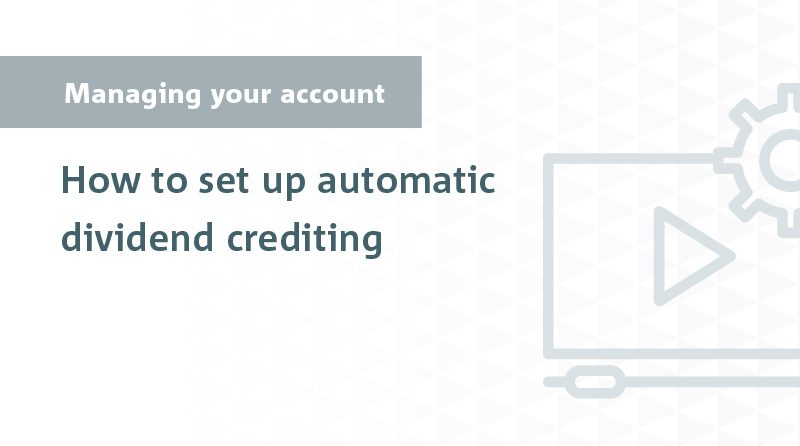Security Alert: Scam Text Messages
We’re aware that some nabtrade clients have received text messages claiming to be from [nabtrade securities], asking them to click a link to remove restrictions on their nabtrade account. Please be aware this is likely a scam. Do not click on any links in these messages. nabtrade will never ask you to click on a link via a text message to verify or unlock your account.
How do I setup contributions into my SMSF?
If you want to invest more money in your SMSF, it's important to understand how you can contribute, the types of contributions and the caps that apply, who can contribute and implications if you have not provided a valid tax file number.
Contributions can be made into an SMSF in two ways:
- You or your employer to make contributions by depositing cash into your SMSF's bank account, where the money can then be used to purchase investments. To instruct your employer to direct your superannuation entitlements to your SMSF, please complete a Standard Choice Form, available from the Australian Tax Exchange (ATO) website or, request one from your employer.
- To make an 'in-specie' contribution. This is where you contribute an asset into your SMSF, rather than in cash. The types of assets that can be 'in-specie' transferred into an SMSF include:
- Business real property (eg a warehouse from which a business is run either by yourself or another entity)
- Listed securities (eg shares in companies listed on a stock exchange)
- Units in widely held unit trusts (eg publicly available managed funds), and
- Investments in a related party or other In-house assets where the value doesn't exceed 5% in total of the market value of the fund's assets.
Capital gains tax may be payable when you make 'in-specie' contributions, as the transfer is usually considered a disposal by you for tax purposes. Other costs may also be incurred, such as stamp duty.
There are three types of contributions that can be made into super. These are 'non-concessional' contributions, 'concessional' contributions and 'CGT-exempt' contributions. All three types of contributions can be made with cash or via an 'in-specie' asset transfer, subject to certain acquisition rules. There is also a cap on how much of each of these contributions you can make each year and penalties may apply if you exceed these caps.

